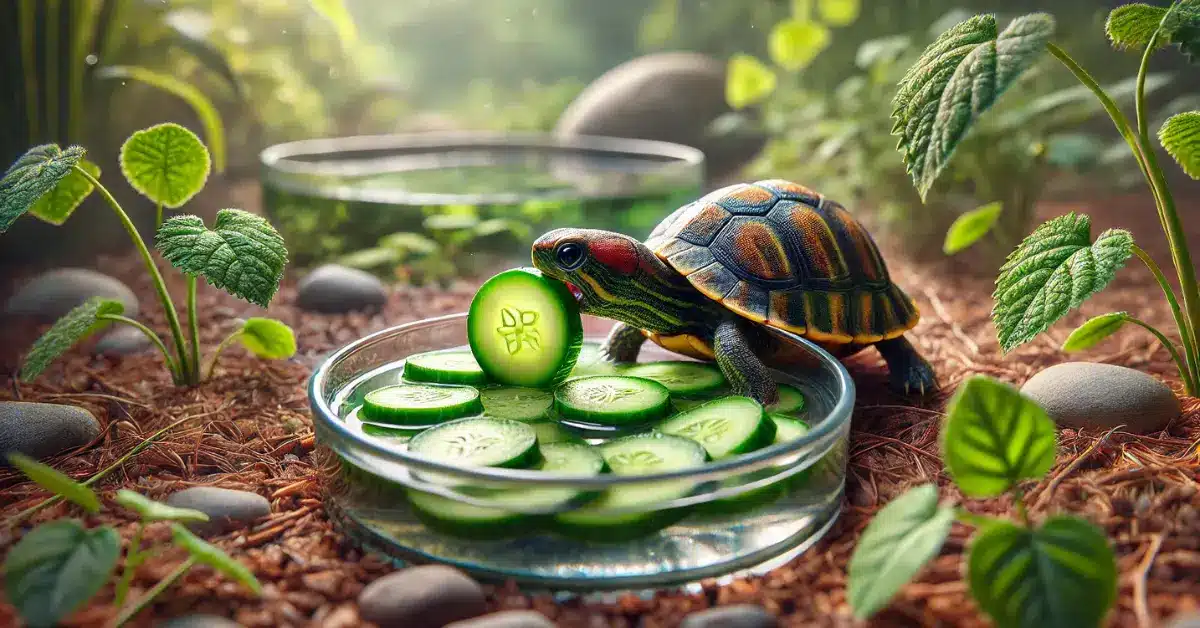Turtles are amazing creatures often kept as pets. Many turtle owners wonder if turtles can live with fish in the same tank. This guide answers that question and provides insights into keeping both turtles and fish together.
Table of Contents
ToggleCan Turtles Live with Fish?
Yes, turtles can live with fish, but it requires careful planning. The compatibility depends on the turtle species, the type of fish, and the setup of the tank. Understanding these factors ensures a safe and healthy environment for both animals.
Factors to Consider Before Keeping Turtles and Fish Together
- Turtle Behavior
Turtles are opportunistic eaters. They may see smaller fish as food, especially if they are carnivorous species like red-eared sliders. Knowing your turtle’s dietary habits is essential before adding fish. - Fish Selection
Not all fish can live with turtles. Larger, faster, and hardy fish are more likely to survive in a tank with turtles. For example, fish like goldfish, plecos, or cichlids are better choices. Avoid small, slow-moving fish like guppies, as they are easy targets. - Aquarium Size Requirements for Turtles and Fish
Space is crucial for the health of both turtles and fish. A cramped tank leads to stress and aggression. As a rule, allocate at least 10 gallons of water per inch of the turtle’s shell length, plus additional space for the fish. Larger tanks also help maintain water quality. - Filtration System
Turtles produce a lot of waste, making a strong filtration system necessary. Poor water quality harms both turtles and fish. Use a high-capacity filter designed for tanks larger than your setup to ensure clean water. - Temperature and Lighting
Both turtles and fish need the right temperature to thrive. Most turtles require water temperatures between 75°F and 85°F. Tropical fish prefer similar ranges, making them better tank mates than cold-water fish.
What Fish Can Live with Turtles in a Tank?
Here are some fish species that can coexist with turtles:
- Plecos (Plecostomus): These bottom-dwelling fish are hardy and fast. They help clean algae in the tank.
- Goldfish: Larger goldfish can survive with turtles, but they might still be at risk of being nipped.
- Cichlids: These fish are fast swimmers and can often evade turtles.
- Rosy Red Minnows: Hardy and inexpensive, they are often used as feeder fish but can live with turtles temporarily.
Pro Tip: Monitor interactions closely, especially during the first few weeks.

Setting Up an Aquarium for Turtles and Fish
- Tank Size
Choose a tank that provides ample swimming and basking space. For example, a 100-gallon tank is suitable for one adult turtle and several fish. - Substrate
Use a substrate that is safe for both turtles and fish. Gravel or sand works well, but avoid small pieces that turtles might swallow. - Decorations and Hiding Spots
Add decorations like rocks, driftwood, and plants. These provide hiding spots for fish and reduce stress. Floating plants can also serve as a visual barrier between turtles and fish. - Water Conditions
Maintain the pH levels between 6.5 and 8.0. Use a water heater and thermometer to keep the temperature stable. - Feeding Strategies
Feed turtles and fish separately to avoid competition. You can distract the turtle with food on one side of the tank while feeding the fish on the other side.
Challenges of Keeping Turtles and Fish Together
- Aggression: Turtles may nip at fish, causing injuries or stress.
- Water Quality: Turtles produce more waste than fish, so water can become dirty quickly.
- Predation: Even with precautions, turtles may eat smaller fish.
If issues arise, consider separating the animals to ensure their safety.
Can Pet Turtles Live with Fish?
Pet turtles can live with fish under the right conditions. However, turtles may view fish as food. This natural behavior doesn’t mean turtles and fish cannot coexist, but careful planning is necessary. Always monitor their interactions to prevent harm.
Some myths suggest that turtles get “high” from eating jellyfish. This idea stems from the mistaken belief that jellyfish toxins affect turtles. To learn more about this topic, check out our detailed guide: Do Jellyfish Make Turtles High?.
Final Thoughts
The question, “Can turtles live with fish?” has no simple answer. It depends on species compatibility, tank setup, and ongoing care. By considering these factors, you can create a harmonious tank where turtles and fish thrive. Always observe their behavior and adjust your setup as needed to ensure their safety and well-being.
For more tips and insights about turtles, explore our website at TheTurtles.info.






